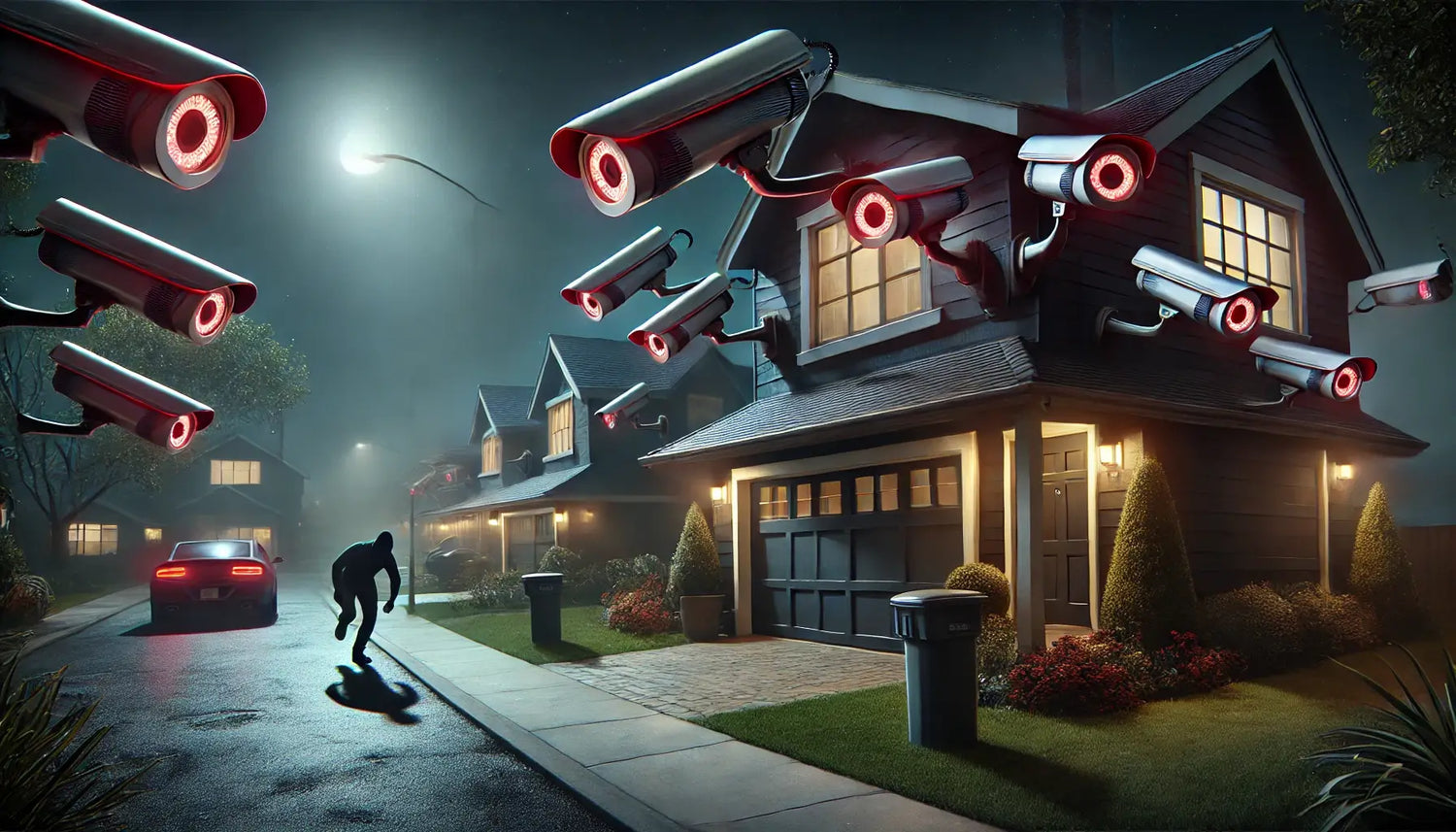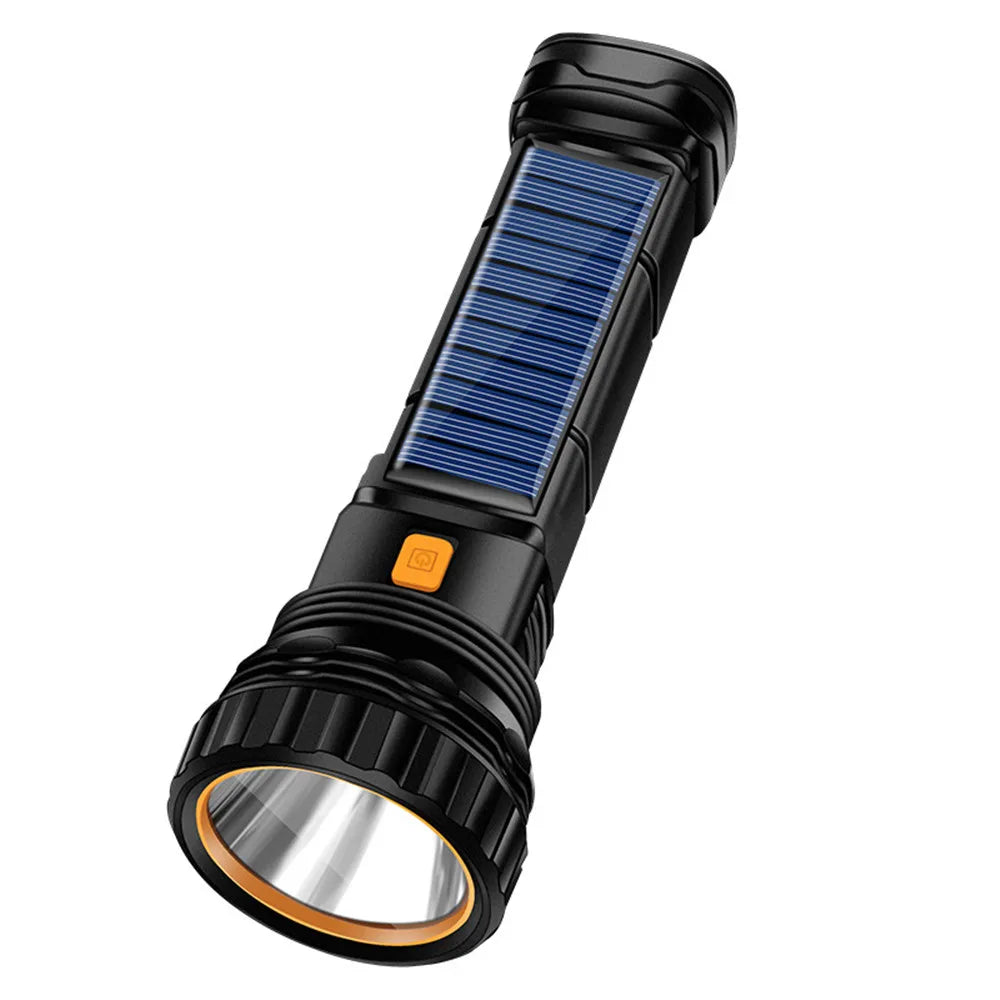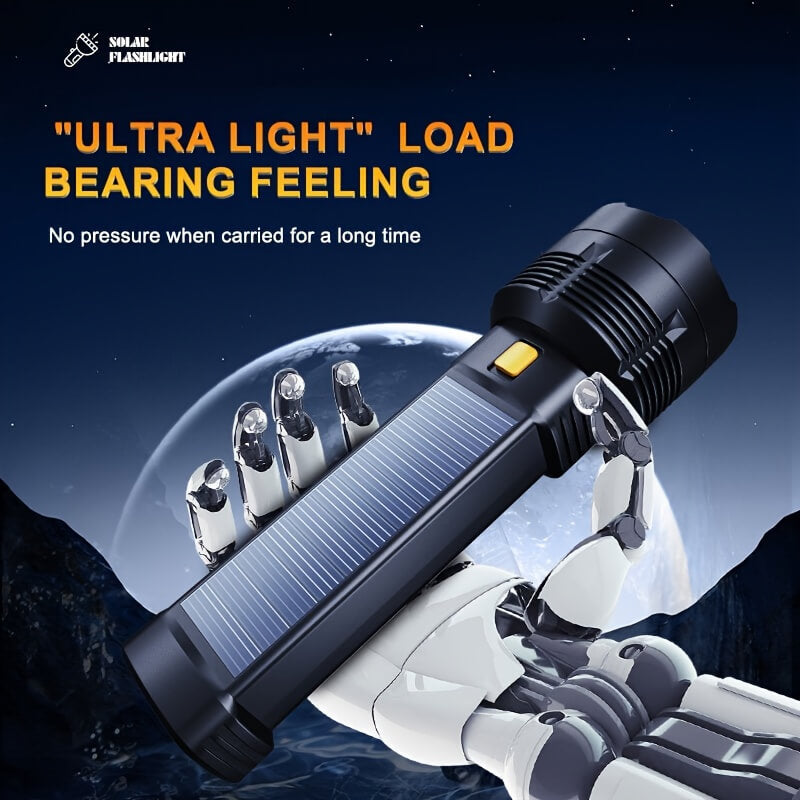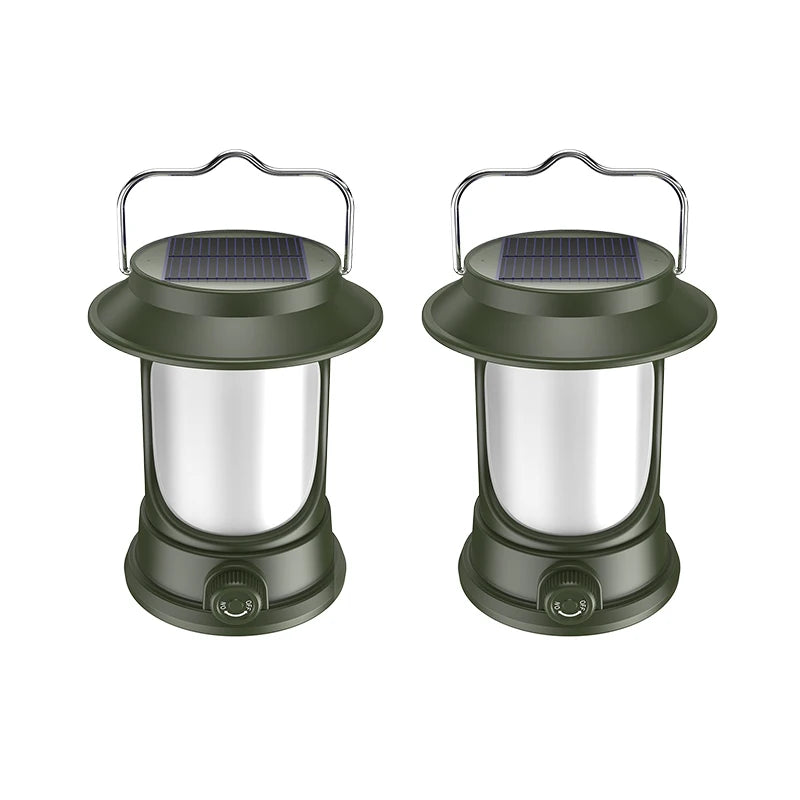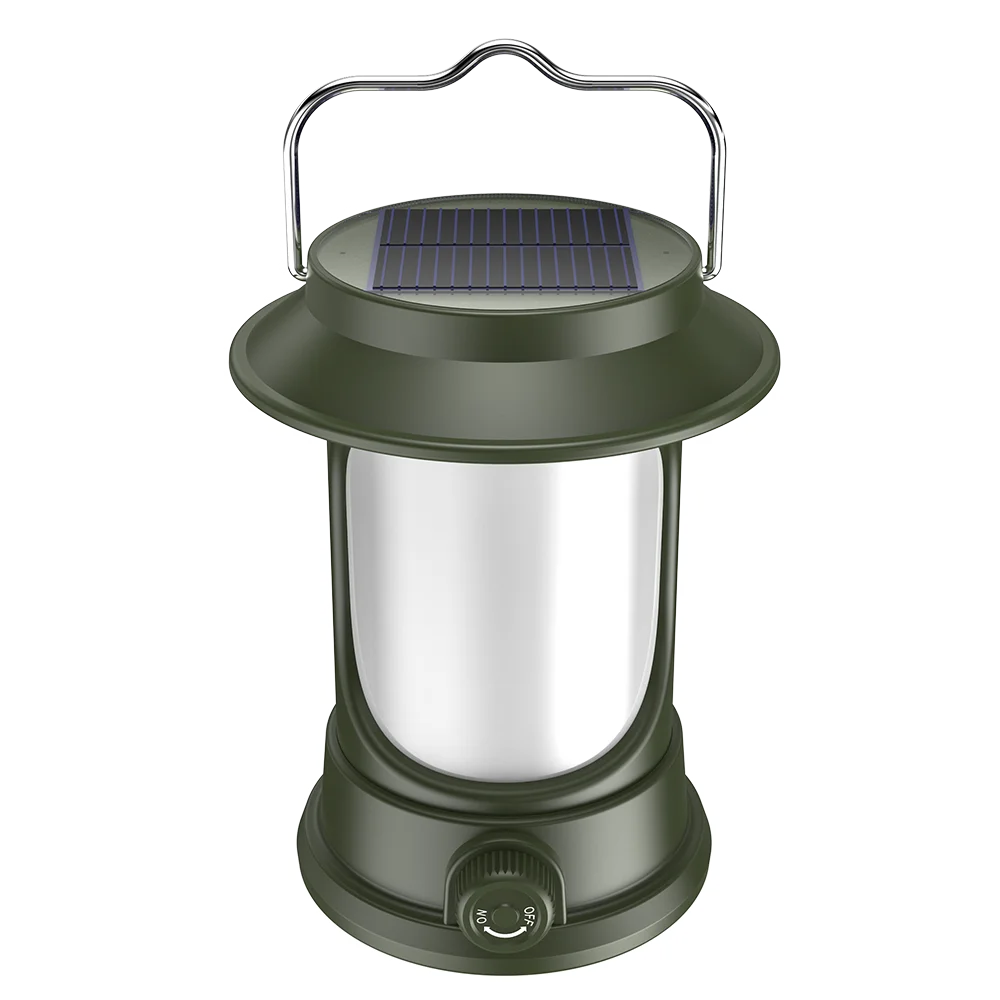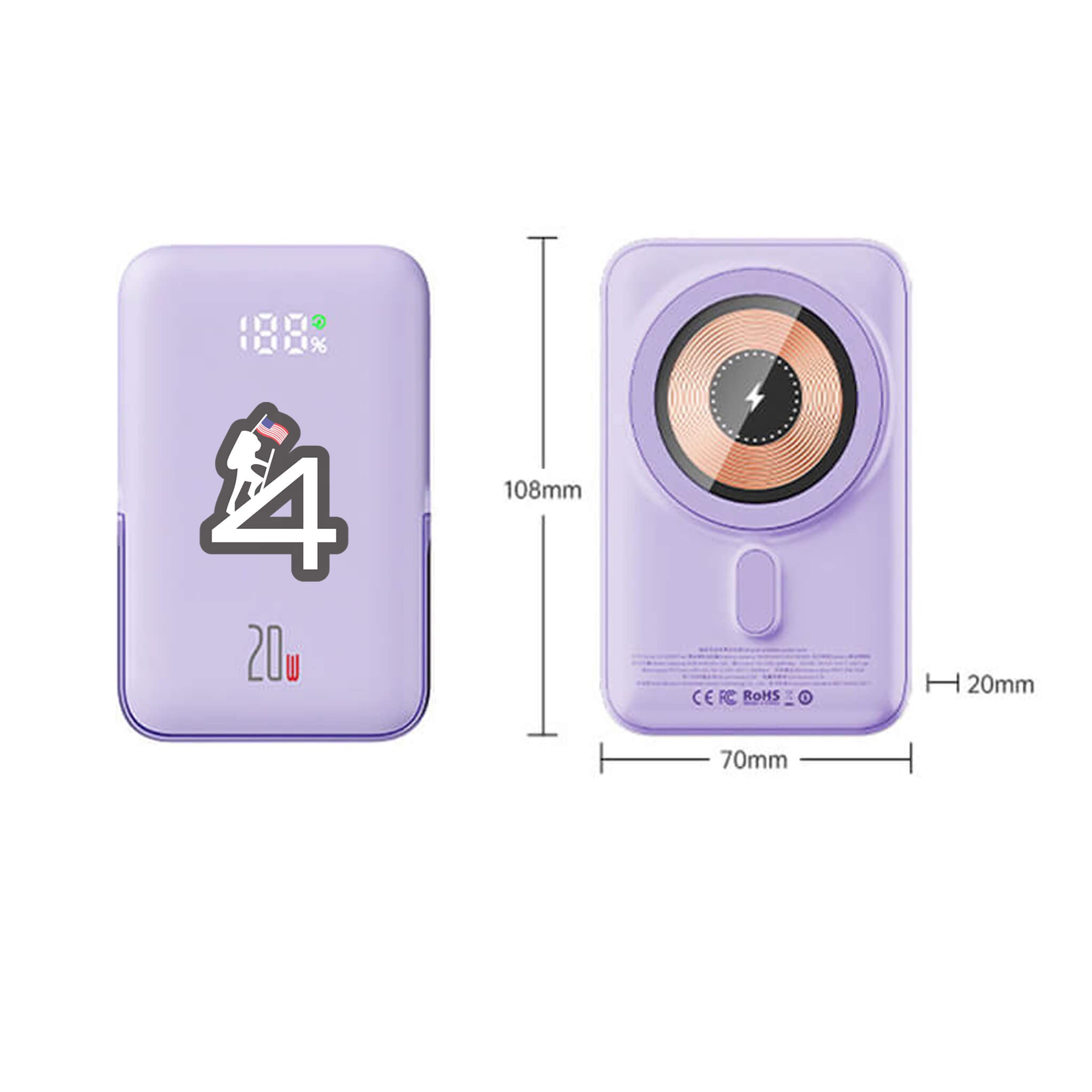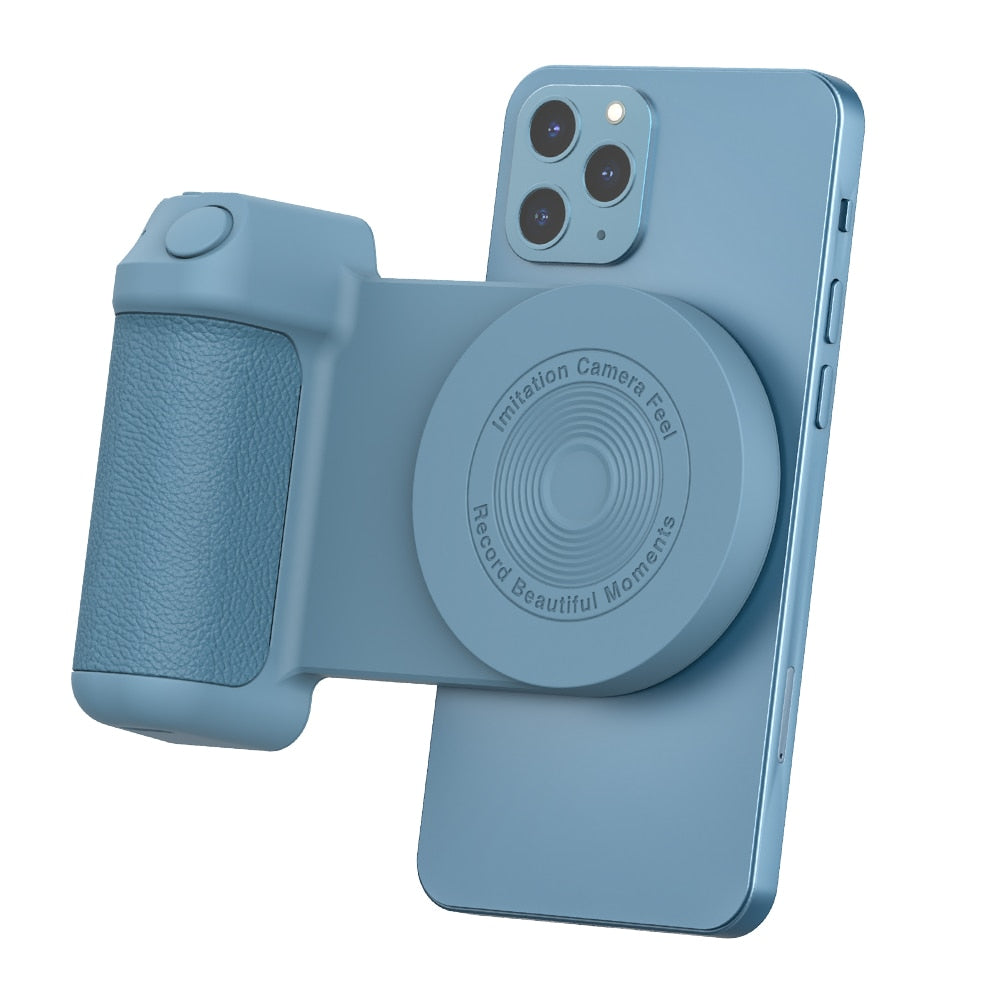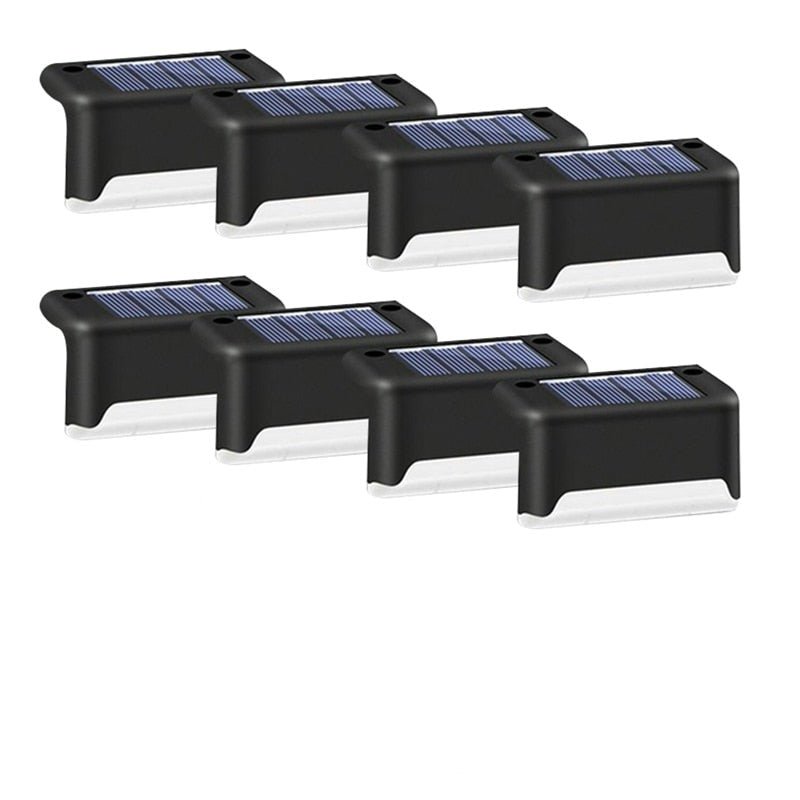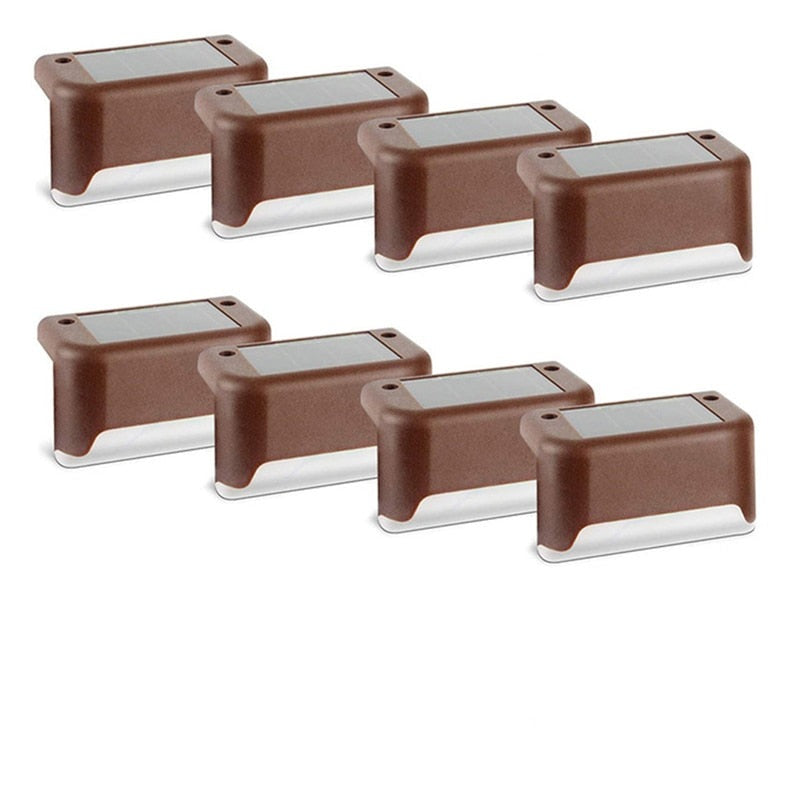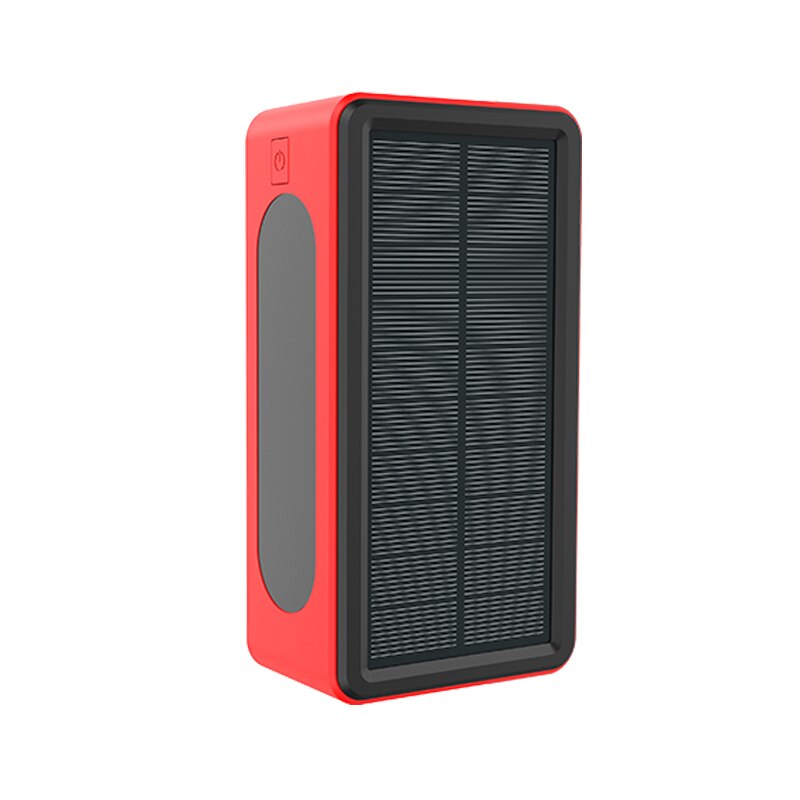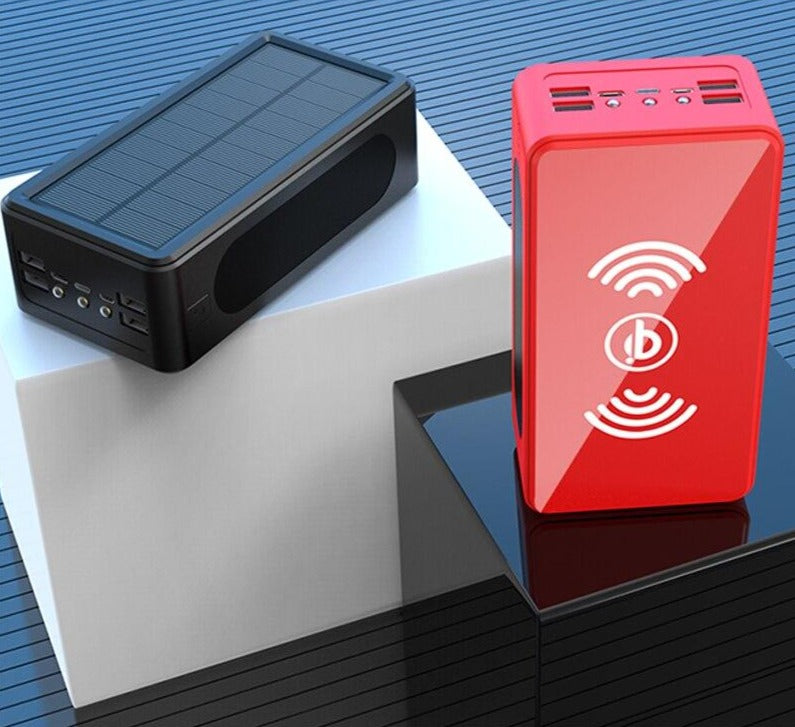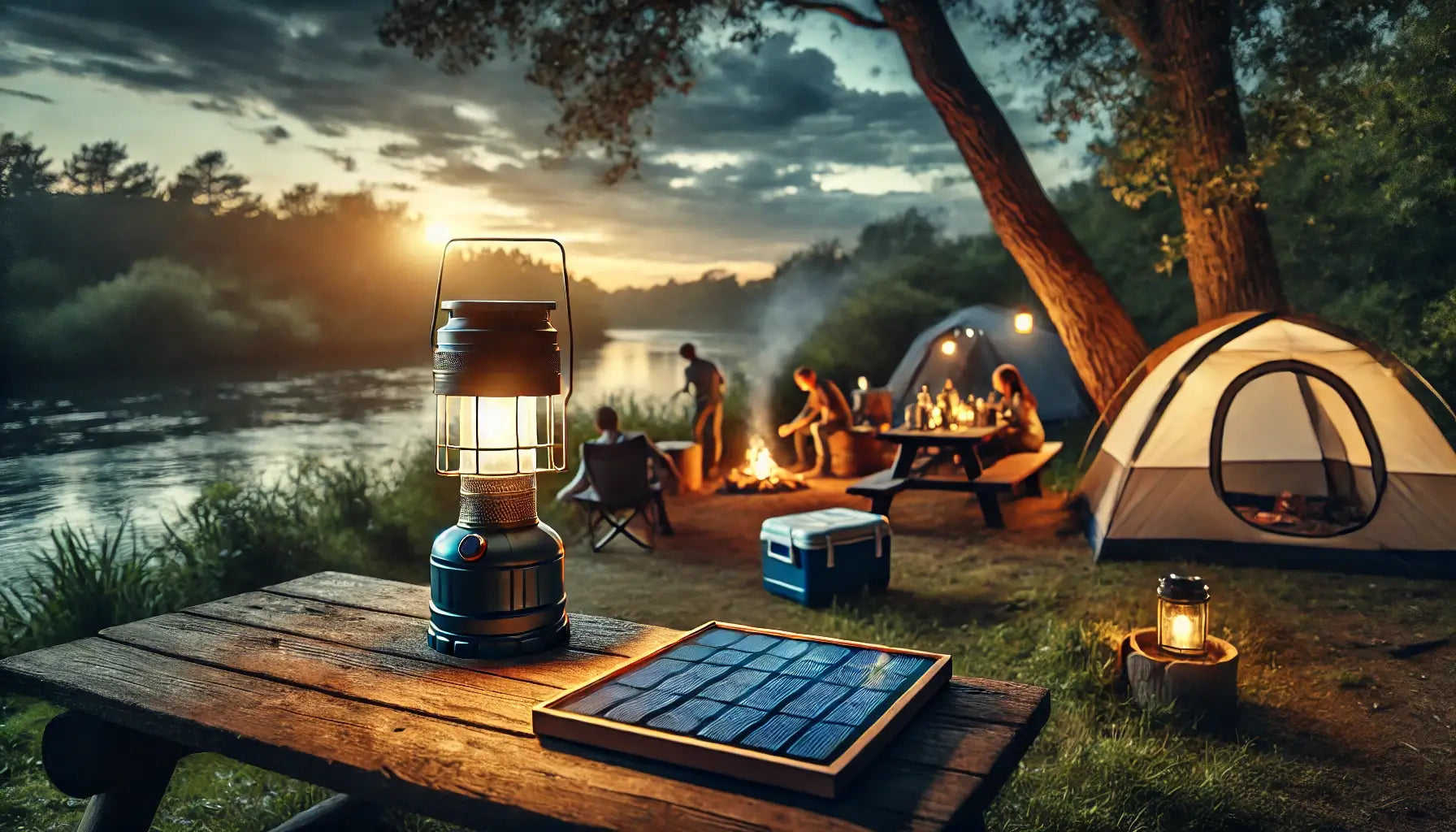Welcome to the ultimate guide on security cameras, brought to you by Survival4Future!
Whether you're looking to safeguard your home or protect your gear during outdoor adventures, security cameras are essential tools for ensuring safety and peace of mind. In this comprehensive guide, we’ll explore the different types of security cameras, key features to look for, installation tips, and best practices. Dive in and learn how to enhance your security and enjoy a worry-free experience, whether at home or in the wild.
Why Security Cameras are Essential?
In today's world, security cameras are more than just a luxury—they're a necessity. Here’s why:
- Deterrence: The mere presence of a security camera can deter potential intruders.
- Evidence Collection: Cameras provide crucial evidence in case of theft or vandalism.
- Remote Monitoring: Keep an eye on your property from anywhere in the world.
- Peace of Mind: Knowing your home or campsite is secure helps you relax and enjoy your time.
Types of Security Cameras
1. Wired Security Cameras
- Advantages: Reliable connection, higher video quality.
- Disadvantages: More complex installation, limited by cable length.
2. Wireless Security Cameras
- Advantages: Easy to install, flexible placement.
- Disadvantages: Can be affected by signal interference, reliant on battery power or regular charging.
3. Indoor Security Cameras
- Best For: Monitoring interiors, such as living rooms, garages, and home offices.
- Features: Compact design, two-way audio, motion detection.
4. Outdoor Security Cameras
- Best For: Protecting outdoor areas like yards, driveways, and campsites.
- Features: Weatherproof, night vision, wide-angle lenses.
Key Features to Look For
When choosing a security camera, consider these essential features:
- Resolution: Aim for at least 1080p for clear, detailed images.
- Night Vision: Crucial for 24/7 surveillance.
- Motion Detection: Alerts you to any movement in the camera's field of view.
- Storage Options: Cloud storage vs. local storage—each has its pros and cons.
- Two-Way Audio: Communicate directly through the camera.
- Field of View: Wide-angle lenses cover more area.
Installation Tips
- Placement: Install cameras at entry points, high enough to avoid tampering but low enough for clear facial recognition.
- Connectivity: Ensure strong Wi-Fi signal for wireless cameras.
- Power Source: Check battery levels regularly or opt for solar-powered options.
- Weatherproofing: Use waterproof casings for outdoor cameras.
- Regular Maintenance: Clean lenses and update firmware periodically.
Best Practices for Maximizing Your Security Setup
- Use Multiple Cameras: Cover all angles and blind spots.
- Integrate with Smart Home Systems: Enhance security with automation.
- Regular Monitoring: Check your footage frequently and respond to alerts promptly.
- Privacy Considerations: Ensure your cameras do not infringe on others' privacy.
How to Choose the Right Security Camera
Choosing the right security camera depends on your specific needs:
- For Home Security: Consider indoor and outdoor cameras with high resolution and night vision.
- For Outdoor Adventures: Opt for rugged, weatherproof cameras with long battery life and wide field of view.
- For Remote Monitoring: Choose cameras with reliable mobile app support and real-time alerts.
Conclusion
Security cameras are a critical component of any security strategy, whether for your home or outdoor adventures. By understanding the different types, key features, and installation tips, you can choose the right camera to meet your needs and ensure your property and gear are well-protected.

